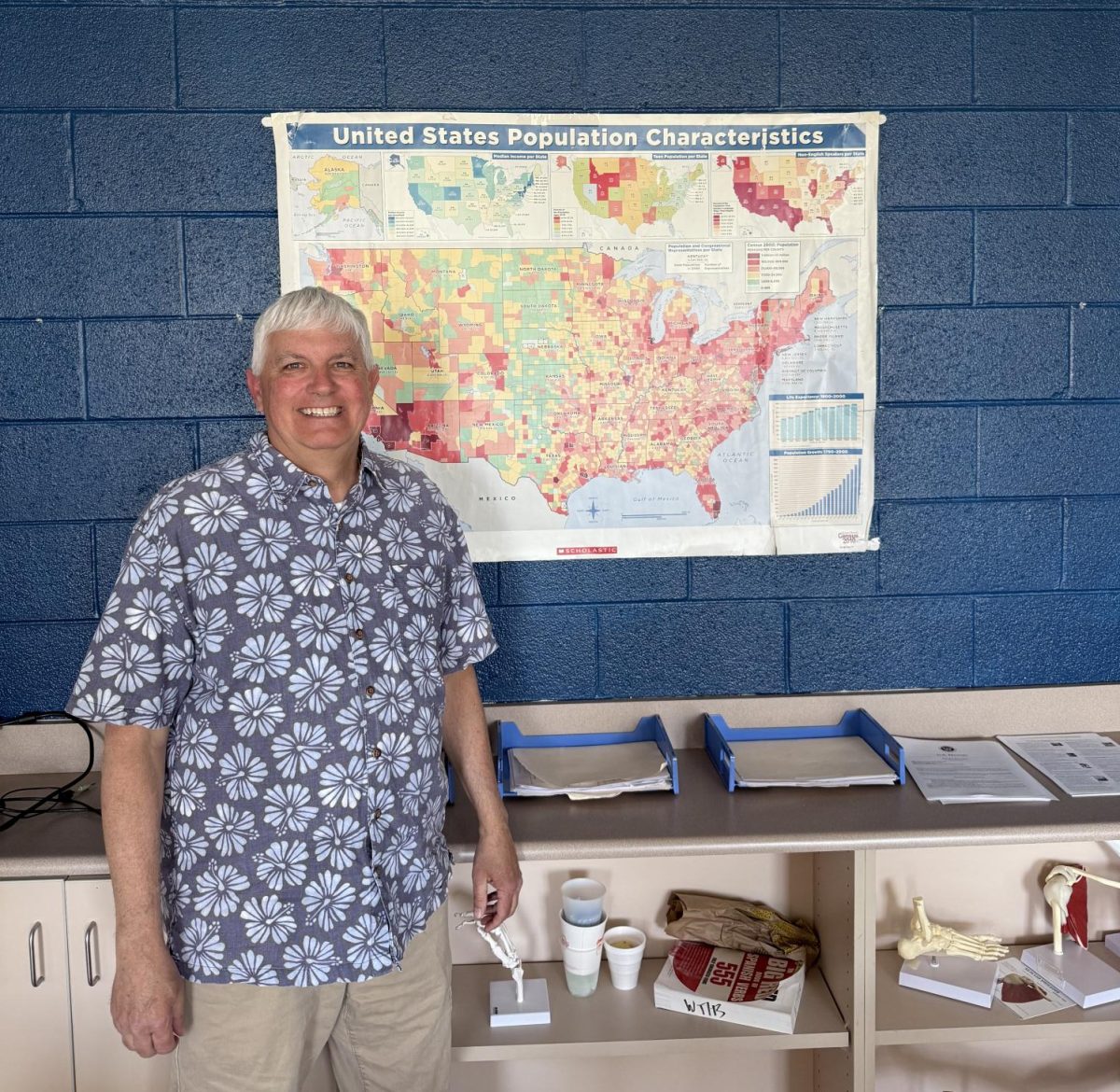How to Ace AP World in 3 Simple Steps
Vintage physical world map with rivers and mountains vector illustration. Retro vintage old world map with antique travel ship
March 24, 2022
It’s that time of the year again, and this year’s no different than those past. At least, not in the sense that AP testing has changed.
One successfully completed Advanced Placement course may be too little to consider myself an expert on all things AP, but as someone who performed decently well last year in World History, I find it appropriate to pass down advice born out of both research and regret to the freshmen fortunate enough to have taken this challenging yet enriching class. Although the experiences in a virtual and in-person classroom are drastically different, the exam itself has withstood the ever-changing Covid-19 regulations. Therefore, I don’t anticipate the information in this guide to “fall out of fashion” anytime within the foreseeable future.
Master the Art of Multiple Choice
Contrary to what may be popular belief, it’s not necessary to do well on all of the free-response questions to get a good score overall. In fact, the reputable Albert.io score predicting application implies that it’s possible to fail nearly every written section of the test and still pass with a 3, granted a superb score on the multiple choice portion. If you’re anything like the student I was approximately one year ago, you may very well be jumping for joy at this point. For those who consider themselves to be DBQ prodigies, however, my point still stands: capitalizing on the multiple choice questions on the exam is by far the best way to ensure at least a decent grade. While this may seem easier said than done, there are some things to keep in mind as you plow through the multiple choice section.
Firstly, due to the way most AP exams are formatted, all MCQs are stimulus-based, meaning questions will never be asked in isolation. Each is accompanied by a chart, except, or image from which the answer is partially derived. Since answering most questions relies on your knowledge of the subject as much as it does the stimulus, memorizing the content is important, but if you find yourself failing to recall the intricacies of Ottoman society or the definition of filial piety, rest assured knowing that the answer lies at least somewhat in the source you’re given.
My next tip is as follows: identify the trick answers in each question. It may not have been obvious in the past, but in every multiple choice question, there will always be at least two answer choices that are blatantly wrong, often not even addressing the question asked. The sooner you recognize these “distractors”, the less likely you are to dawdle while debating between several responses. And when you have 55 minutes to answer 55 questions, there’s little room for error.
Review SPICE-T Notes for Time Period
If you have ever been enrolled in AP World History at Warren, there’s a good chance that you’re familiar with the acronym SPICE-T, which stands for “social interactions, politics, interactions with environment, culture, economics, and technology”. Although its relevance outside of the classroom is questionable, all major events studied in AP World can be described by a letter of the acronym, making it useful for characterizing occurrences. Best studying methods may be subjective, but I wholeheartedly attribute both my success in the course and on the exam to my studying content using the SPICE-T format. When reviewing everything that has happened from 1200 to the present, it is necessary to condense all of the information taught to aid in recollection. A simple way to do this is by creating a section for each part of the acronym for each unit, with the goal being to enter the defining terms and ideas belonging to that letter and era.
For instance, I might write under “economics” for units 3 and 4 (1450-1750) that there was an establishment of new monetary systems in the Americas. When making broad statements, remember to always list examples. In this case, they may include chattel slavery, indentured servitude, and the hacienda and encomienda systems. Doing this will come in handy especially during the LEQ portion of the exam, where you must describe the specifics of an occurrence. In contrast, when describing “interactions with the environment” in units 1 and 2 (1200-1450), I would note how new forms of agriculture (champa rice, chinampas, and terrace farming) shaped the environment surrounding civilizations.
Grind Past College Board FRQs
Although acing MCQs gives you a good foundation during the AP World exam, one can’t deny that doing well on the three types of free-response questions—SAQ, DBQ, and LEQ—is essential to earning a 4 or a 5. Due to the latter of which being cut during the 2021 online exams, I had the fortune of being able to dedicate my efforts towards practicing only two of the essays above. Current freshmen will find that they do not have such an advantage, however, which means there’s no shortcuts on the path to passing the exam. Nevertheless, an abundance of free and paid resources means there’s no shortage of ways to improve your timed-writing abilities. The method least likely to break the bank comes from the College Board itself, which has published the free-response questions from every AP World History exam since 2002. Identifying your weaknesses and completing appropriate FRQs on a regular basis leading up to the test is undoubtedly a good approach towards improvement, but note that when doing practice essays, it’s not enough to simply answer the question. Reviewing what you’ve written and analyzing mistakes made is just as important, if not more so. Failing to do so may result in you luring yourself into a false sense of preparedness for the exam. Thankfully, most modern content from the College Board comes with examples of student responses that earned both all and none of the points, respectively, making it easy to find appropriate answers to a given question.









